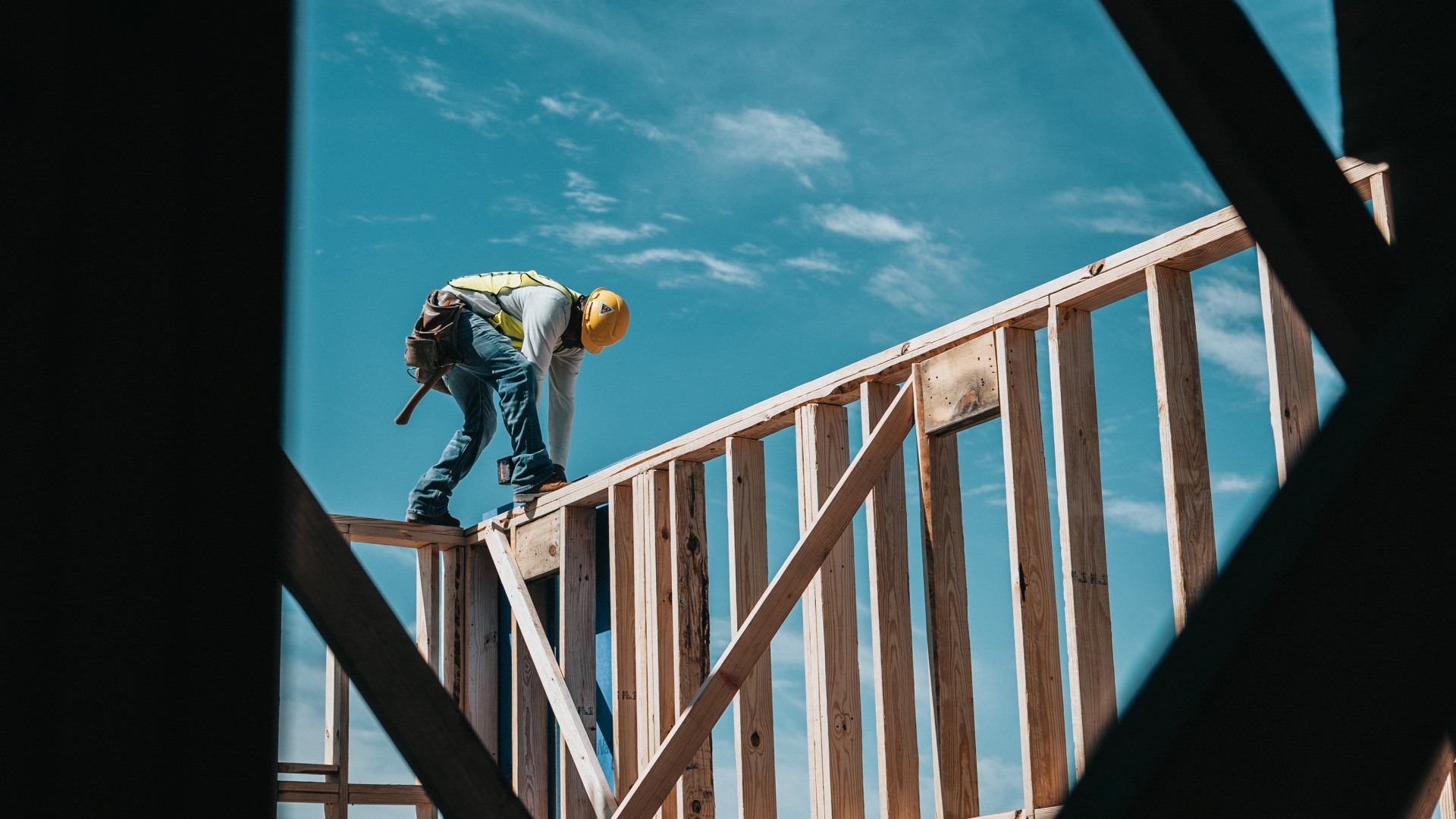When buying a new home, there are a lot of things to think about. Something that new homeowners don’t tend to think about, however, is the very ground beneath their house potentially sinking after they’ve moved in.
Home subsidence is far more common than people think. In the US alone, subsidence has affected more than 17,000 square miles in 45 different states, and it can often occur underneath a property, which poses a huge risk of collapse.
Home Subsidence Explained
For those unaware, home subsidence is when the ground beneath a building begins to sink, pulling the foundations of the property further into the ground until it loses stability. This usually occurs when the ground has lost moisture after a dry spell, which causes it to shrink and subside. It can also occur to properties with woodland or a large group of trees nearby, all of which sap the moisture from the soil, or if a burst pipe is leading to too much water being absorbed underneath the home.
What Are The Signs Of Subsidence?
Unfortunately, knowing that your house is suffering from subsidence isn’t as easy as noticing your furniture has slipped from one end of the room to the other. Often, the signs are small and hardly There are several key signs that are more subtle, but they are easy to spot if you know what you are looking for. They are as follows:
- Your Doors And Windows Are Starting To Stick
- Your Wallpaper Is Beginning To Crease Or Ripple
- Extensions Are Slightly Moved From The Main Property
- There Are Cracks Appearing In The Walls
- Floors Are Starting To Slope Noticeably
These symptoms could be put down to a number of different causes, but they are all common signs of subsidence and must be taken seriously when spotted.
How Do You Deal With Home Subsidence?
The best way to deal with home subsidence is by being proactive rather than reactive. First off, you should make sure you have a homeowners insurance policy. Cases of subsidence are a great example of why insurance like this is so crucial, as you cannot help it if your home is affected. No one knows if they will suffer from a case of home subsidence until it happens, which is why it’s important to have homeowners insurance and make sure any damage created is covered by your policy.
When it comes to how you should react to subsidence, that will depend on how severe the subsidence actually is, and how it has been caused.
Water And Tree Roots
To start simply, if you have noticed subsidence and the cause is a burst pipe, the first thing you need to do is get a CCTV drain survey to ascertain the location of the leak and then hire a repairer to fix it.
If you have realised that the problem might be coming from nearby trees, you should consult with a tree surgeon and get their expert opinion on how you should react. The last thing you want to do is start uprooting all the trees that you think may be suspects, as this could end up leading to more damage in your home. A tree surgeon will recommend the best way forward, which could include felling the tree, installing root barriers, or reducing the size of the tree – reducing the volume of the tree by at least 70%.
Resin Injections And Underpinning
You could also try resin injections or underpinning your home. A resin injection is when contractors drill holes in the affected area and fill the holes with a mixture that expands to become hard, this then compacts the soil underneath your home and stops any voids from becoming larger. As a last resort, underpinning is when sections under the home are excavated and then filled with concrete. It is a long and costly process, with the average cost in the US being around $32,500.
Start Off On The Right Foot
Before you do any of this, however, make sure that you engage your insurer and make sure they know what is happening. It’s also important to stay calm and work smart to find the best and most cost-efficient solution possible. Talk to avoid red flags when talking to contractors, find one that you trust and compare different quotes. The problem can be solved, and you want to make sure you have the right people on the job, as well as the right price for the job at hand.











